Let’s Clear the Air! Fume Hood vs. Biosafety Cabinet vs. Laminar Flow Hood: Key Differences
Written by Canadian Scientific
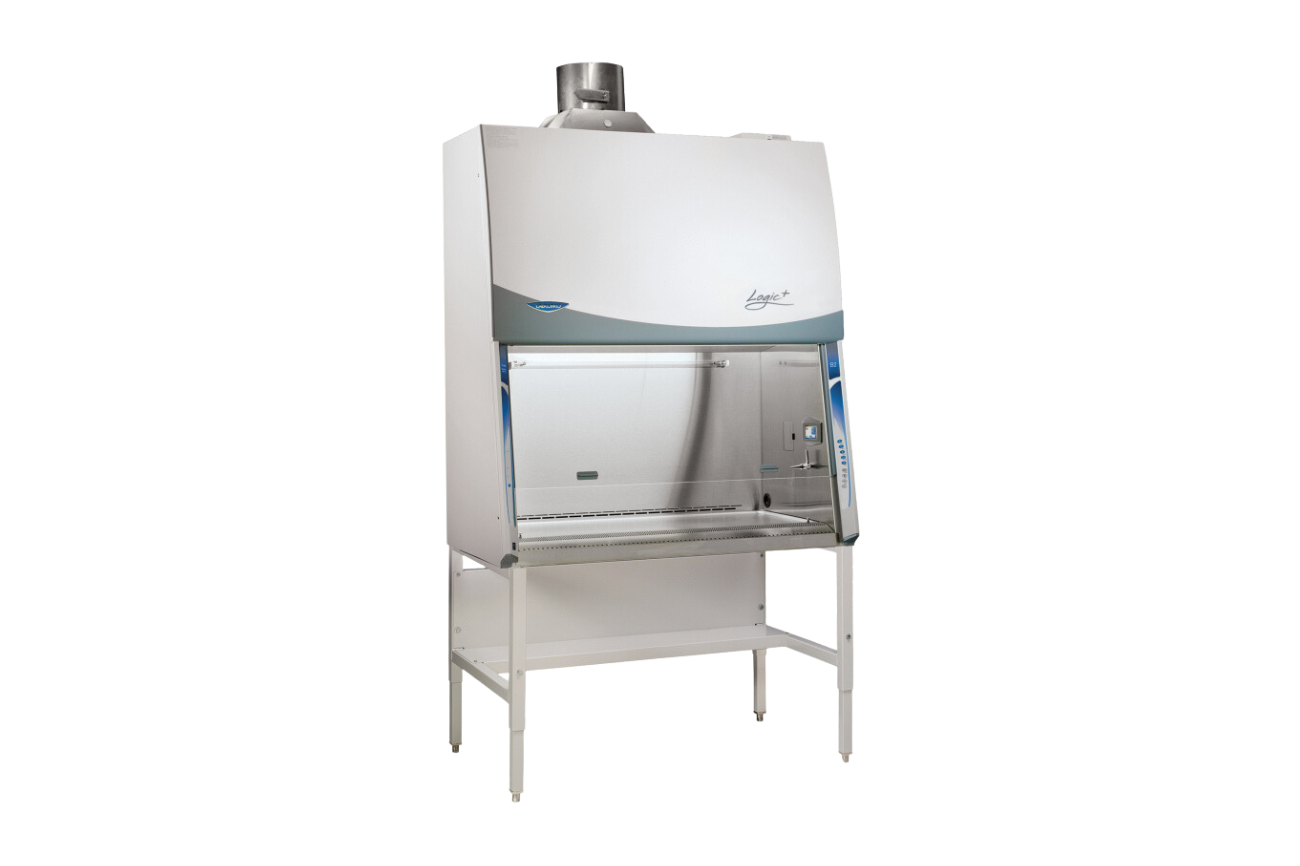
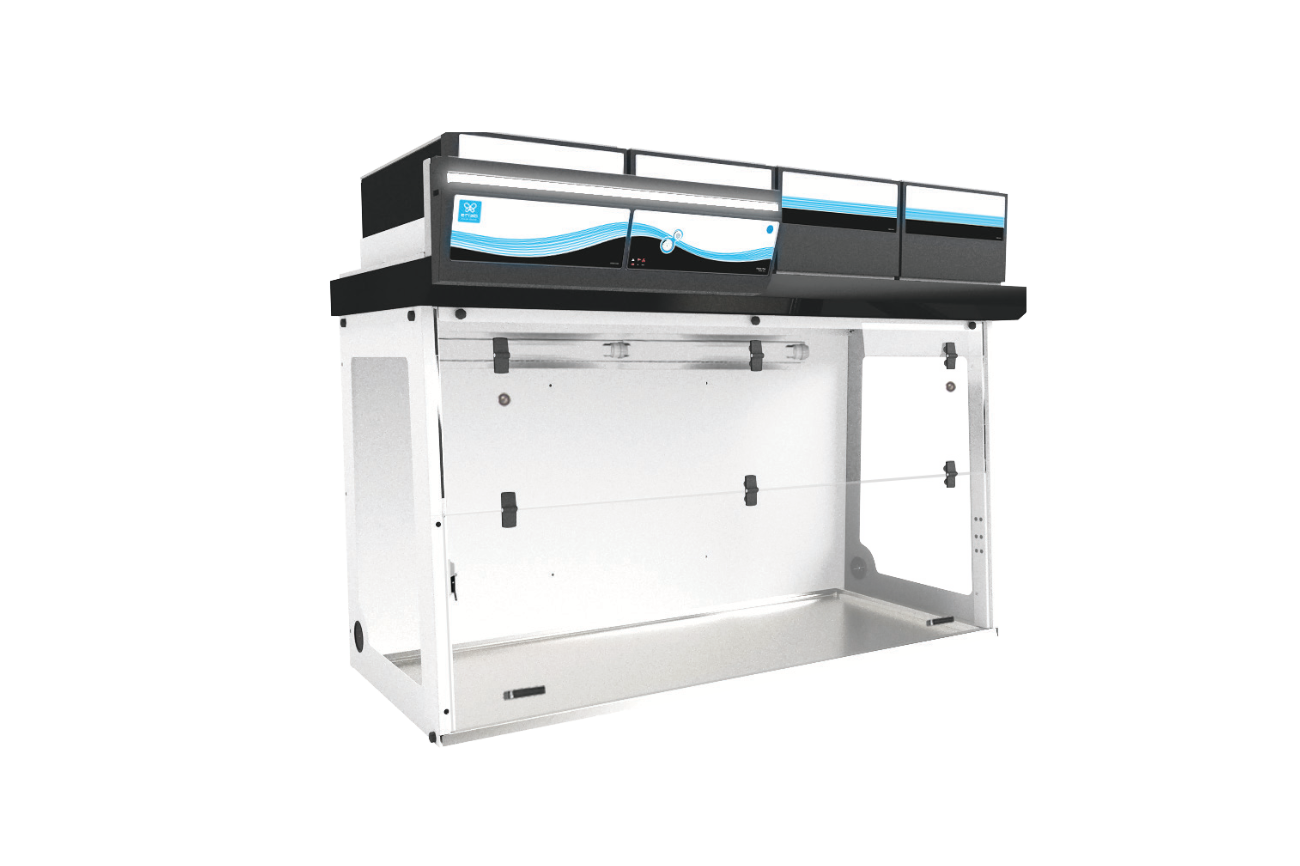
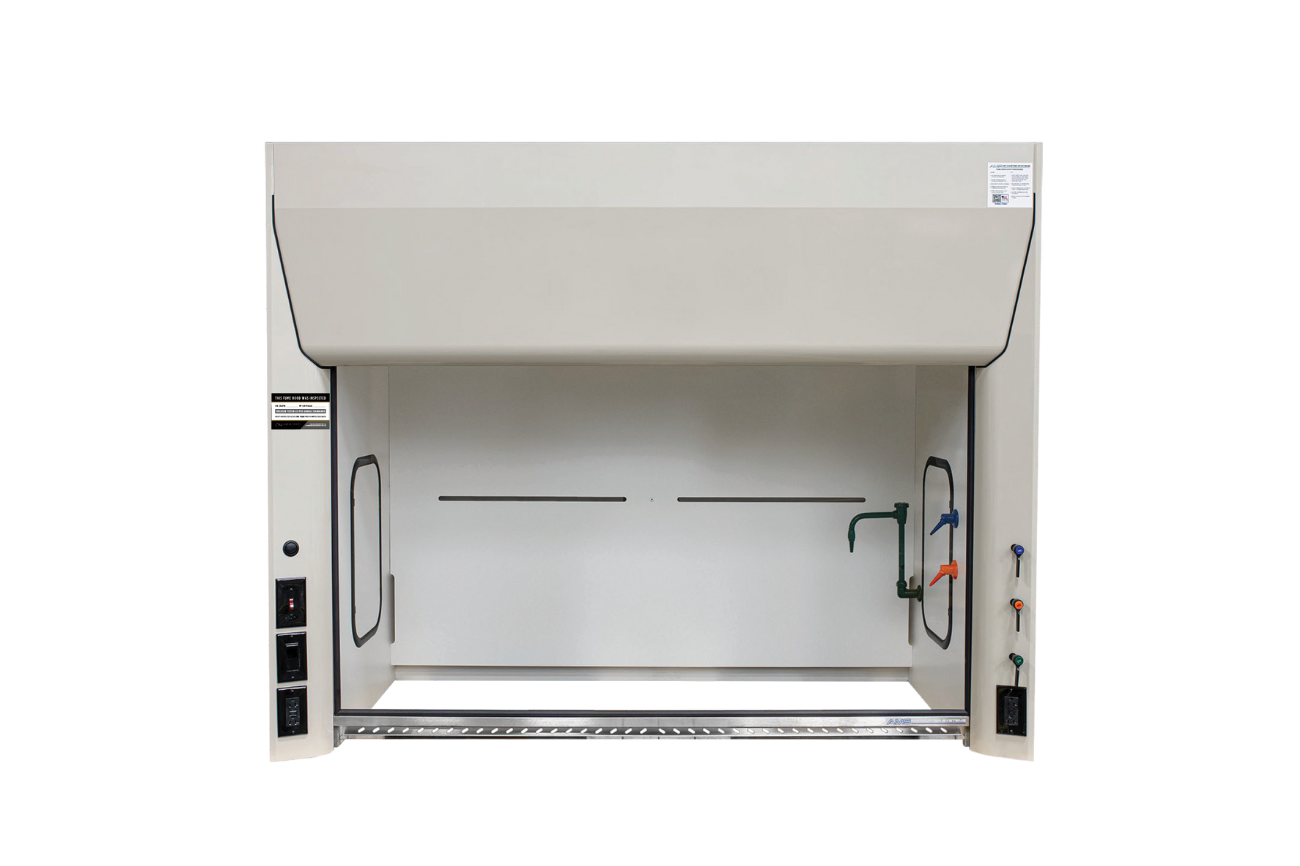
If you’ve been tasked with selecting a ventilation enclosure for your lab, you might have noticed the terms “fume hood,” “biosafety cabinet,” and “laminar flow hood” are often — and incorrectly— used interchangeably. However, each of these systems have distinct functionalities that serve very different purposes. Let’s explore the differences between these three systems, so you can select the enclosure that best suits your unique safety needs.
Fume Hood: Protects Personnel from Chemical Hazards
A fume hood, sometimes called chemical hood or a lab hood, is designed to protect laboratory personnel by venting hazardous chemical fumes, vapors, and volatile compounds away from the workspace. A laboratory fume hood is the most widely used approach for local ventilation. It’s a critical piece of lab equipment for handling hazardous materials like toxic gases, flammable substances, and corrosive chemicals, offering vital protection to the lab personnel involved.

A fume hood operates by drawing air away from the operator and into the enclosure using a blower system. The captured air is then either filtered and expelled outdoors through the building’s exhaust system or, in ductless fume hood models, filtered to remove harmful fumes before recirculating the air back into the room. Many fume hoods include gauges or alarms to alert users of insufficient airflow, reducing the risk of exposure to hazardous substances.
The sliding window on a fume hood is called the sash, which protects workers from spills and splashes that may occur in the fume hood.
Industries that use laboratory fume hoods include, but are not limited to:
- Research labs
- Biotechnology labs
- Pharmaceutical labs
- Environmental science labs
- Food & beverage testing labs
- Life science labs
A fume hood is designed to protect the user from hazardous chemicals including:
- Volatile substances
- Corrosive acids and bases
- Irritating vapors and dust
- Asphyxiating gases
- Open sources of volatile radionuclides
Common chemicals requiring fume hood use include nitric acid and hydrofluoric acid. A fume hood is also used to protect lab operators working with chemicals that have low boiling points or emit strong odors.
Your fume hood should be certified annually to ensure proper function and protection of lab personnel. Contact Canadian Scientific to certify your fume hood!
Biosafety Cabinet: Protects People, Products, and the Environment from Biological Hazards
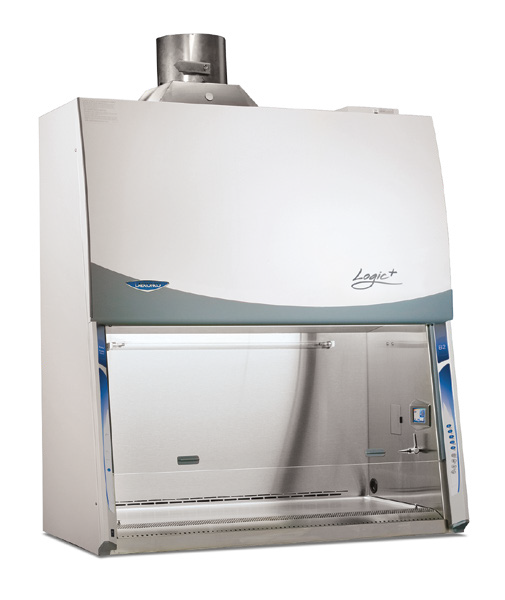
A Biosafety cabinet (BSC), also known as a biological safety cabinet or microbiological cabinet, is a lab exhaust system that utilizes HEPA filters to capture and remove airborne pathogens, such as infectious agents or biohazardous materials. Biosafety cabinets are often mistaken for fume hoods, as both rely on airflow for protection, but they target different hazards.
While a fume hood protects the user from chemical fumes and vapors, a biosafety cabinet can shield the user, product, and environment against pathogens and biological agents, including bacteria and viruses.
There are 3 main classes of biosafety cabinets, with varying degrees of protection.
- Class I protects personnel by drawing air across the work surface, but since it doesn’t filter incoming air, the product is not protected.
- Class II offers both product and personnel protection by filtering incoming and outgoing air. These cabinets are ideal for most biological research requiring Biosafety Levels 1-3.
- Class III biosafety cabinets are gas-tight and used in high-containment laboratories, protecting both personnel and the environment from extremely hazardous agents.
A biosafety cabinet, particularly Class II and III, is essential when working with pathogens and other hazardous biological materials. It ensures that the workspace remains free of contaminants and that the personnel are protected from exposure to dangerous biohazards.
Laminar Flow Hood: Product Protection in Non-Hazardous Environments
A laminar flow hood (LFH), also known as a laminar flow cabinet, clean bench, or tissue culture hood, uses a fan to direct HEPA-filtered air outward in a steady, non-turbulent flow. Laminar flow hoods are often mistaken for chemical fume hoods, but they serve different purposes. Both use airflow for protection, but a fume hood protects the user, while a laminar flow hood protects the product. A laminar flow hood focuses entirely on protecting the product from contamination, without providing any personnel protection.
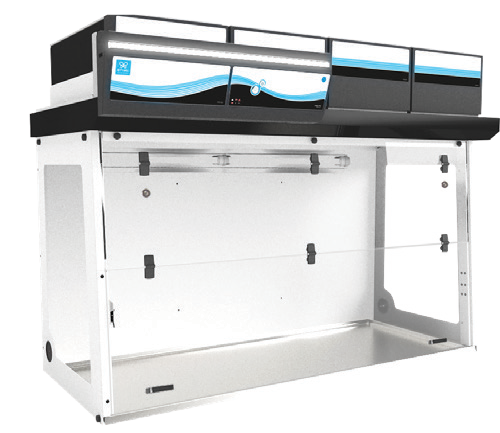
Since laminar flow hoods do not protect the user from hazardous materials, they should only be used in non-hazardous applications. They’re particularly useful in tasks requiring a sterile environment for the product, but without the need for protection from chemicals or biohazards.
The airflow in a laminar flow hood protects sensitive items from dust and other airborne particles. A laminar flow hood is often seen in laboratories that work with semiconductor wafers and biological samples, and handle media preparation, sterile work, or electronics.
Key Considerations When Selecting Ventilation Systems for Your Lab
When deciding between a fume hood, biosafety cabinet, or laminar flow hood, the first step is identifying what needs protection in your laboratory. For chemical hazards, a fume hood is essential. If you're working with biological agents, a biosafety cabinet is necessary for both personnel and environmental protection. For clean, non-hazardous processes, a laminar flow hood is your go-to option for protecting the integrity of the product.
Each type of ventilation system operates with a unique airflow process tailored to the hazards it’s designed to mitigate. Understanding these differences ensures you select the right equipment for your application, reducing the risk of exposure and maintaining the quality of your work.
Selecting the appropriate enclosure is critical not only for safety but also for the success of your operations. For further guidance or to explore the range of lab ventilation systems available, feel free to reach out to us at Canadian Scientific Lab Systems Inc. We’re here to help you choose the right solutions for your lab!
Sources:
ASHRAE. (2018). Classification of Laboratory Ventilation Design Levels. ashrae.org. Retrieved 2024, from https://www.ashrae.org/File%20Library/Technical%20Resources/Free%20Resources/Publications/ClassificationOfLabVentDesLevels.pdf.
Cover photo: Labconco Axiom Biosafety Cabinet, Labconco Corp.
Class I, class II biosafety cabinets, Clean Benches. Labconco. https://www.labconco.com/category/biological-safety-cabinets-enclosures
Laminar Flow Hood. Erlab. (2024, February 5). https://usa.erlab.com/fume-hoods-to-ensure-a-clean-work-environment/
Return to Blog Main Page
Advance your research with full confidence in your lab.

 Products
Products Products
Products
